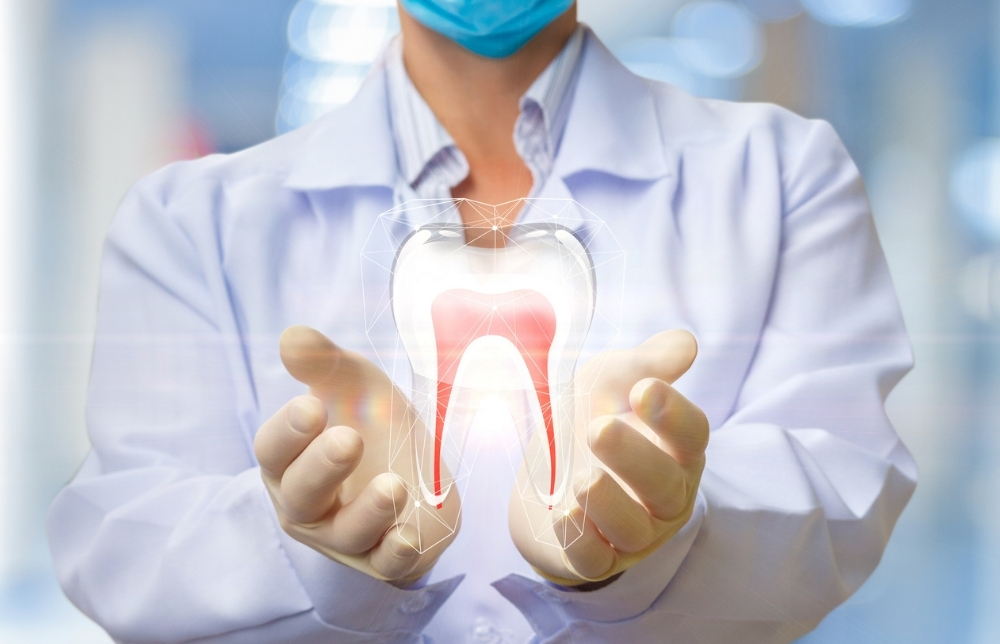
To Fill or To Crown, That is the Question
June 1, 2021
Sometimes you go to the dentist because you’re aware of pain and think you probably have a cavity. No problem, you think: you’ll need a filling. To your surprise, your dentist says your best option to protect the tooth is with a crown. Your dentist isn’t trying to charge you more money for a similar need. This brief discussion will give you a better understanding of the difference between fillings and crowns and when one is the better dental treatment for you.
Fillings
Fillings are the normal procedure for teeth with smaller amounts of damage. With a filling, the decayed tooth material is removed, the tooth is cleaned, and then filled. Fillings can be made of composite resin that looks like natural teeth, amalgam, porcelain, or gold. While fillings are most commonly used to treat cavities, more serious cavities may require crowns alone or in combination with a filling.
Crowns
A dental crown may become necessary when more serious tooth decay is present. Crowns are a ceramic or porcelain prosthetic tooth that fits directly over your tooth. In most cases, crowns will be used if a tooth is badly decayed to protect it from further damage and keep your entire bite functional. Crowns can also be combined with bridges, which are used to fill a gap between teeth, with the crown holding it in place. Crowns can protect weak teeth, restore broken teeth, or even support large fillings.
One important difference between a crown and filling is that in a crown, no material is removed as the crown sits over your existing tooth.
Crowns have advantages over dental implants because they give you more stability when speaking or chewing, and they look like real teeth. They are also permanent and easy to clean while remaining affordable.
Your dentist will explain whether you need a crown or a filling (or potentially another solution, such as an implant) based on the severity of decay in your teeth, your overall health, and some additional factors.
The good news? INRTA and AMBA have dental plans that offer comprehensive coverage including on fillings and crowns with an excellent network of dentists across the country who are dedicated to providing you the best treatment option. Our plans even let you continue to see your own dentist if they’re out of network. Sign up or learn more here or call 866-979-0497.
RECENT POSTS
AMBA’s Essential Insights in Dental Health: Understanding Cavities
Have you ever experienced pain or noticed persistent sensitivity in your teeth? You might have a cavity. Cavities are common,
Read More
Keep “Looking” Your Best: The Unique Eye Health Challenges for Women Over 55
March is Women’s History Month, a time to celebrate women's contributions to American history and society. It’s
Read More

AMBA’s Eyewear Trends for 2025: Stylish and Practical Options for Older Adults
The days when eyeglasses were just a functional accessory to help improve vision are long gone. Today, eyeglasses are one of
Read More

Be Ready for Unexpected Expenses in Retirement. AMBA Has the Tips You Need.
Whether you’re already retired or it’s coming up on the horizon, planning your retirement is essential. Many people
Read More

